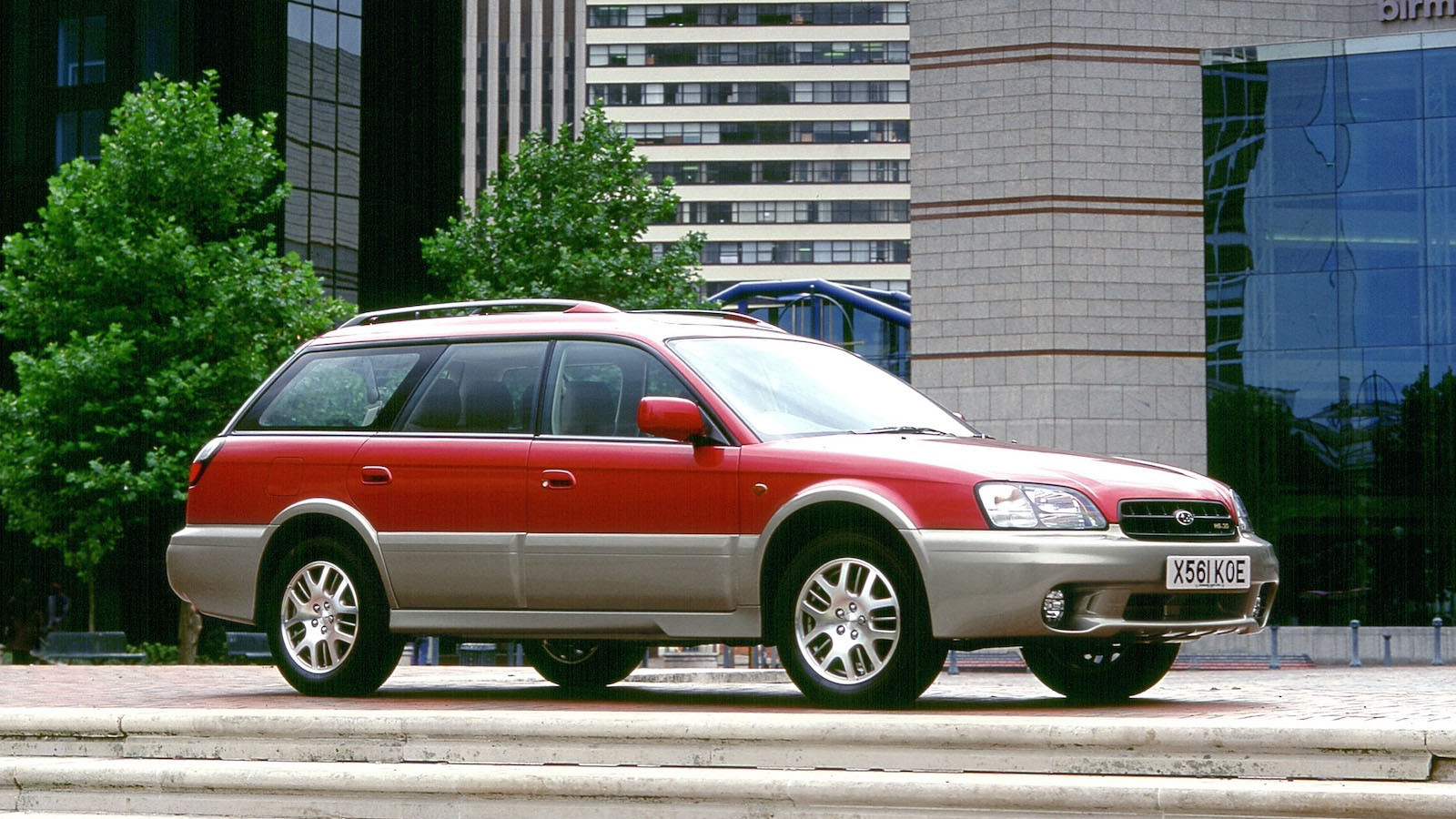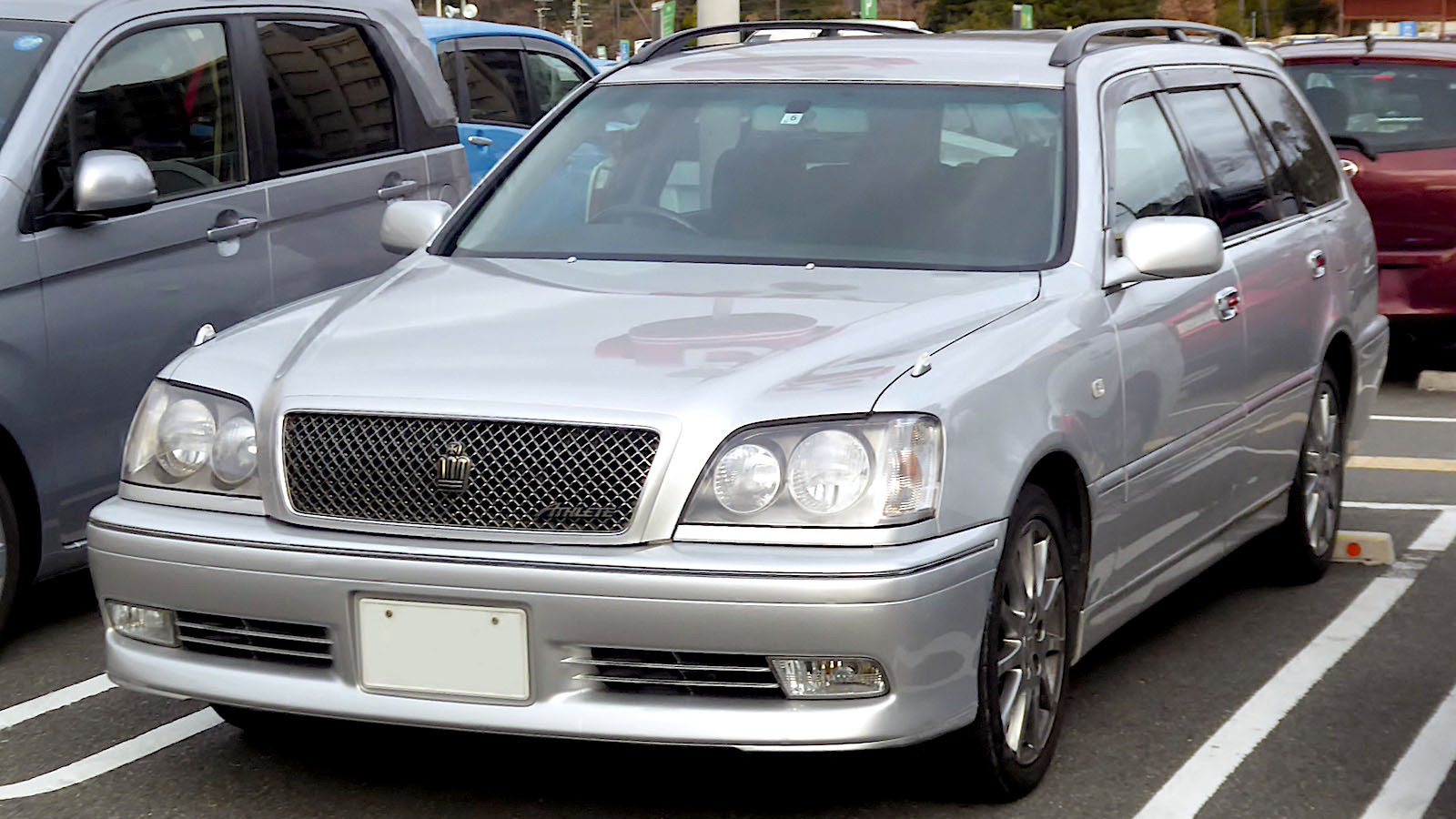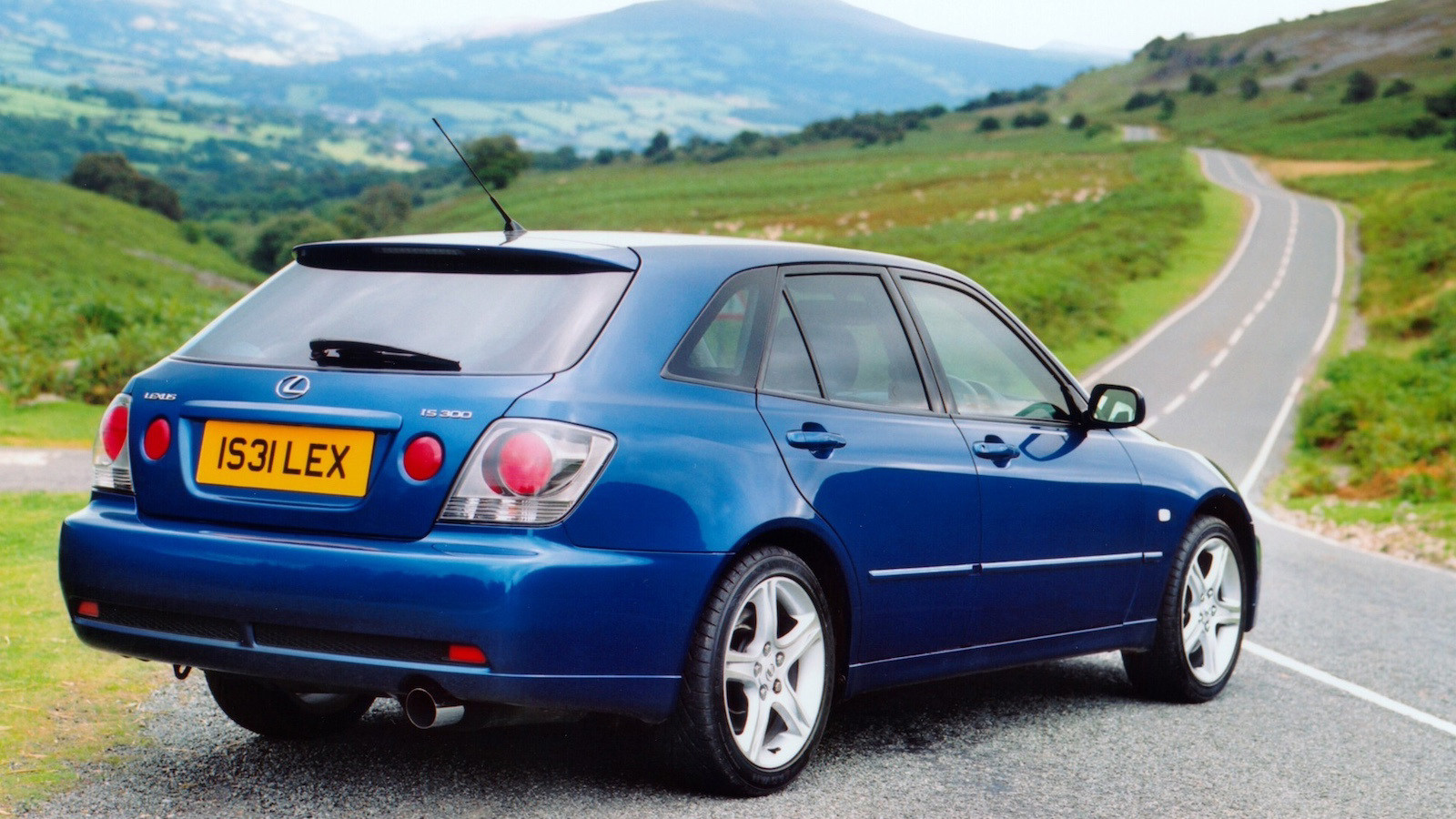-
 © Subaru
© Subaru -
 © Nissan
© Nissan -
 © Mazda
© Mazda -
 © Toyota
© Toyota -
 © Nissan
© Nissan -
 © Honda
© Honda -
 © Subaru
© Subaru -
 © Mr.choppers/Creative Commons licence https://creativecommons.org/licenses/by-sa/3.0/deed.en
© Mr.choppers/Creative Commons licence https://creativecommons.org/licenses/by-sa/3.0/deed.en -
 © Subaru
© Subaru -
 © Mazda
© Mazda -
 © Calreyn88/Creative Commons licence https://creativecommons.org/licenses/by-sa/4.0/deed.en
© Calreyn88/Creative Commons licence https://creativecommons.org/licenses/by-sa/4.0/deed.en -
 © Mitsubishi
© Mitsubishi -
 © Guyon Cumby/Creative Commons licence https://creativecommons.org/licenses/by/2.0/deed.en
© Guyon Cumby/Creative Commons licence https://creativecommons.org/licenses/by/2.0/deed.en -
 © Tokumeigakarinoaoshima/Creative Commons licence https://creativecommons.org/licenses/by-sa/4.0/deed.en
© Tokumeigakarinoaoshima/Creative Commons licence https://creativecommons.org/licenses/by-sa/4.0/deed.en -
 © Mazda
© Mazda -
 © Mr.choppers/Creative Commons licence https://creativecommons.org/licenses/by-sa/3.0/
© Mr.choppers/Creative Commons licence https://creativecommons.org/licenses/by-sa/3.0/ -
 © Subaru
© Subaru -
 © Tokumeigakarinoaoshima/Creative Commons licence https://creativecommons.org/licenses/by-sa/4.0/deed.en
© Tokumeigakarinoaoshima/Creative Commons licence https://creativecommons.org/licenses/by-sa/4.0/deed.en -
 © Lexus
© Lexus -
 © Adam Court/Creative Commons licence https://creativecommons.org/licenses/by/2.0/deed.en
© Adam Court/Creative Commons licence https://creativecommons.org/licenses/by/2.0/deed.en -
 © Tokumeigakarinoaoshima/Creative Commons licence https://creativecommons.org/publicdomain/zero/1.0/deed.en
© Tokumeigakarinoaoshima/Creative Commons licence https://creativecommons.org/publicdomain/zero/1.0/deed.en
-
20 of Japan’s coolest haulers
Think buying a long-roof, five-door means you’re stuck in a molasses of motoring mundanity? Clearly the makers of these Japanese load-luggers didn’t agree. Which is why we’re fans.
Whether you call them estates, shooting breaks or station wagons, there comes a time in all our lives when having that bit more space makes a lot more sense.
If it means you don’t have to sacrifice much in the way of fun behind the wheel, even better.
Here, in chronological order, are some of the most exciting and hilariously entertaining wagons from the land of the rising sun.
-
1. 1967 Datsun 510 ‘Bluebird’
For a good chunk of the globe, especially North America, the Datsun 510 likely served as the ambassador to Japan’s motor industry.
When introduced, at the end of 1967, there were very few domestic rivals exporting products like the 510 on the same scale as Datsun.
Right from the off, Datsun planned to appeal to young families with the station-wagon version of the 510 a staple of the range.
Punchy little four-cylinder engines, lively performance and neat handling all made the 510 a smash hit.
-
2. 1971 Mazda RX-3
We surely needn’t mention any more to sell this than that it’s a rotary-powered wagon.
It delivers practicality, powered by possibly one of the most revolutionary powerplants ever devised for a road car.
Of course, it’s a bit of a nightmare in reality, as most rotaries tend to be, but when it works, this Mazda RX-3 goes well enough.
The styling of this ’70s wagon wasn’t as appealing as its sedan and (especially) coupe siblings, but it was still very far from frumpy.
-
3. 1982 Toyota Tercel 4x4
We all know the advantages of the automotive mountain goat – think Fiat Panda 4x4 – but there was another earlier contender to the cut-price, go-anywhere crown.
The Toyota Tercel was both bigger and more clever than the Panda with a six-speed transmission – ultra-low first rather than long top – and synchronized transfer case to allow for seamless two-wheel-drive to four-wheel-drive swaps on the go.
All that gearing was needed to make the most of the second-generation Tercel’s pretty puny 1.5-liter engine.
The four-wheel drive had to be switchable, because without a center differential it’d soon eat itself on Tarmac.
-
4. 1986 Nissan Skyline (R31)
Thought the Skyline was all turbos, bodykits, four-wheel drive and motorsport?
Well, we’re here to break it to you: there are plenty more workaday Skylines that also bore the famous moniker. One such version was the Australian-produced Skyline R31 station wagon.
Sold in both Australia and South Africa, the huge spaces and often harsh conditions called for a tough, uncomplicated and under-stressed wagon, with the ability to carry several passengers and loads of gear across unforgiving landscapes.
It wasn’t all slog and no fun, however, because the R31 powered its rear wheels via a slick, 3-liter, straight-six engine.
-
5. 1987 Honda Civic Wagon
The 1980s saw a spread of small and usefully rugged four-wheel-drive wagons.
Much like Toyota’s Tercel, Honda’s ubiquitous Civic was enlarged and elongated to create the Civic Wagon.
Today we’d label it as either a crossover or a people carrier, but the reality is that this thing refuses to be pigeonholed.
Is it a big hatchback, or a minivan, a small wagon or a van? It’s all the above and more, and thanks to its clever viscous-coupled four-wheel-drive system (take that Tercel) and relatively high stance, it also does a pretty good impression of a real off-roader, too.
-
6. 1989 Subaru Legacy RS/GT
While its smaller sibling – don’t worry we’ll get to the Impreza later – grabbed most of the motorsport acclaim, it was in its older and longer Legacy stablemate that Colin McRae earned his stripes, along with Richard Burns, in the British Rally Championship.
Subaru’s fruitful partnership with Prodrive also began in 1990 with the Legacy, when Subaru’s motorsport department – Subaru Tecnica International (STI) – struck a deal with Banbury-based (Oxfordshire, UK) Prodrive in a decision that would go on to see astounding success in world rallies.
The Legacy is probably equally remembered for being a practical and somewhat stately sedan with an even more useful wagon variant, the latter coming in spicy, twin-turbocharged GT form for Japan only.
-
7. 1991 Geo Storm Wagonback
European and Japanese readers might express blank faces when presented with a Geo – GM’s American outlet for Isuzu, Toyota and Suzuki.
The Impulse – Piazza to the rest of us – was Isuzu’s sporting effort for the 1980s and ’90s and, although it hardly set showrooms alight, it was a competent, handsome and avant-garde contender within the Volkswagen Scirocco sector.
Why mention a two-door coupe in a list of cool wagons? Well, because the second-generation Impulse spawned a three-door, long-roof cousin in the form of the Storm Wagonback.
Its sporting underpinnings gave it firm but fun handling, even if the 1.6-liter, four-cylinder motor couldn’t keep up. Thankfully, the Impulse’s pop-up lights were retained.
-
8. 1992 Subaru Impreza WRX STi
We told you we’d get to it… There was no way we’d cover cool Japanese load-luggers without mentioning this all-conquering, WRC goliath.
Although, in the 1990s and 2000s, everyone wanted a blue and gold Impreza sedan, the really cool kids went for a wagon.
It might have carried a few more pounds or kilos over the back end, but in the real world, there was very little that separated the Impreza wagon from its more-coveted sedan sibling.
There was also a certain smug magnificence to be had from going on family vacations or rubbish-dump runs in a six-time WRC champion.
-
9. 1995 Mazda Capella 626 (Hydrogen)
We’re not here to make the case for the Mazda 626 being cool, you’ll likely have already decided one way or the other on that point, we’re here instead to cast light on one particular variant of this large, practical family wagon that’s beyond doubt awesome.
In the 1990s – beginning with its 1991 HR-X concept – Mazda decided to invest heavily in hydrogen power.
The clean-energy powerplant, in Hiroshima’s favored rotary form, was found in a variety of models from the MX-5 to the RX-8, but it was the leviathan-like 626 that was perhaps the most surprising.
Unfortunately, Mazda’s hydrogen experiment seems to have petered out, with the 2008 Premacy people carrier being the last prototype to be publicly tested.
-
10. 1996 Honda Civic VTi-S Aerodeck
Depending on where you’re reading this, you’ll either nod in agreement or laugh hysterically at the concept of a cool Civic.
A lot of export markets, including the UK until 2001, didn’t officially get tuned Type R versions, those were goodies retained for the Japanese Domestic Market (JDM).
Lucky them… The UK did get a pretty cool alternative in the form of the sixth-gen, VTEC-powered VTi-S wagon.
With a detuned version of the Integra Type R’s 1.8-liter motor – and an automatic torque-biasing differential – this was one hot hauler with enough grunt to get you and your groceries up to 140mph.
Honda also only made 500 in both sedan and wagon body shapes, so they’re fairly rare as well.
-
11. 1996 Mitsubishi Galant (Legnum) VR-4
The range-topping Mitsubishi Galant was initially destined for international rallying, but was soon superseded by the Lancer Evolution (more on that later…).
That left the Galant’s engineers free to pursue performance motoring outside the strict competition constraints of the World Rally Championship.
The last VR-4 (at the time of writing) arrived in 1996 and boy did it send off the brand with a bang.
If you forced the right pedal to the firewall, 60mph would arrive in just 5.3 secs (from rest) and, without a restrictor, its top speed was apparently on the right side of 160mph.
All this came in the eminently practical shell of a family-friendly five-door.
-
12. 1997 Nissan Stagea Autech 260RS
Yes, it has a long and hard-to-pronounce name, but you only really need to know one thing… This is, in essence, a GT-R wagon.
That’s right, Nissan’s in-house tuner Autech – not to be confused with Nismo – decided that the Stagea (pronounced Stage A, apparently) needed sexing up and, we have to say, the results certainly do the trick.
The performance is reasonably rampant with the GT-R’s famous twin-turbocharged RB26DETT engine found brooding under the hood.
Though officially rated at around 275HP, that really isn’t fooling anyone – its output is likely sitting on the sunny side of 300HP, that’s before any JDM tuners get their hands on the thing. Very cool and very rare.
-
13. 1997 Toyota Caldina GT-T
This rarely seen (or even written about) wagon is basically Toyota’s take on an Impreza Wagon – its running gear comes from the Celica GT-4.
That means you get the punchy 3S-GTE motor – the same basic powerplant that toppled the GT-R via a TOM’s Castrol Supra in the Japanese Touring Car championship – and the four-wheel-drive system from the renowned rally rule bender.
With all that latent motorsport DNA, you might be surprised by the somewhat restrained appearance of the GT-T, though we think its semi-sleeper vibe only adds to its appeal.
-
14. 1998 Mazda Familia S-Wagon Sport20
More fun and funky than outright fast, this little millennial Mazda is very cool, to our eyes. It came painted in feisty colors designed, like the rest of the car, to appeal to young families.
Its punchy, 2-liter, twin-cam, four-cylinder engine made a pretty useful 170HP that drove all four wheels, with a chassis that provided stiffer than standard damping and ride, but with the overall benefit of more precise handling in the corners.
All in all, a lot of fun for the whole family for not a lot of cash – and with running costs hardly higher than those of a contemporary MX-5.
-
15. 1999 Mitsubishi Libero GT
Before the brand officially made an Evo wagon, the Mitsubishi Libero GT was as close as you could get.
Barely known outside Japan, Asia and Australasia, the Libero tag was the JDM name for this Lancer Evolution wagon.
There are rumors some were even given Evo front bumpers, just to further hint at how similar the two machines were. Many have been subsequently converted to run Evo engines.
The familiar – by now – mechanical format applies here with a turbocharged engine (4G93T) feeding its boosted power to all four wheels.
That grunt’s good for 60mph in just over 6 secs, due to the Libero GT’s astonishingly lack of weight (just 1250KG/2756LB).
The downside was that it wasn’t made from thick steel to stand the test of time…
-
16. 1999 Subaru Outback
There have been a lot of lifestyle wagons over the years with pretensions to off-road ability and some actually are pretty handy on the rough stuff, such as the Subaru Outback.
First launched in 1994, in an attempt to stem the tide of SUV sales in America, the Outback mixed genuine off-road prowess with everyday usability.
The second-generation model got a lot more interesting with the addition of a 3-liter boxer engine.
-
17. 1999 Toyota Crown Athlete V
No, this isn’t a late 124-series Mercedes-Benz E-Class facelift that never happened, it’s actually a Toyota.
The Crown has always taken a good chunk of ‘inspiration’ from Mercedes, because the range fulfils a similar role in the Japanese automotive sphere.
Just like the mid-size Benz, Toyota decided to make a go-faster version of the S170-generation Crown, including its wagon derivative, which gave us the glorious – though ridiculously named – Athlete V.
With a single turbocharged, 1JZ-GTE, six-cylinder engine – rather than the full-fat 2JZ from the Supra – the Athlete was still suitably brawny.
This vast living room on wheels could ensconce its occupants in absolute luxury, yet still keep up with a Skyline.
-
18. 2004 Lexus IS300 Sport Cross
Cool and classy, the little Lexus IS200 was a small premium sedan that traded blows with the BMW 3 Series at arguably the latter model’s peak.
The fact the Lexus was even considered comparable with that pinnacle of the small sports sedan was achievement enough, but it got even better still…
The Lexus IS300 injected even more vigor into what was already an exciting package with its superb, 3-liter, in-line ‘six’.
Ringing it out made one hell of a noise, but the fact you could get one in a shell with a longer roof was merely the icing on an already appealing cake.
-
19. 2004 Subaru Forester STi
Ever wanted to sling around a forest stage with the children and dogs in tow? No, nor us…
But should that, or any other number of muddy or wet outdoor activities take your fancy, and you didn’t want to sacrifice your inner McRae merely to make more room, the Forester STi was the answer; unless you happened to live outside Japan and didn’t have an import company on speed dial.
The Subaru Forester STi is the best kind of crossover, one that combines a sensible family car with a rapid rally star.
Its 2.5-liter boxer engine gives you the characteristic Subaru warbling war cry, along with around 250HP that’s hooked to a six-speed transmission that meters out power to each wheel, in all weathers.
Bonkers, yes, but also utterly brilliant.
-
20. 2005 Mitsubishi Lancer Evolution IX
If you take driving as seriously as we do, then there are very few wagons out there that deliver more adrenalin than this.
The Mitsubishi Lancer Evolution has always been quite an extreme machine, but making a station-wagon version of the ninth in the series likely still raised a few eyebrows around the Mitsubishi boardroom table.
Just 2500 of both manual and automatic versions were officially produced, with the wagon somehow weighing only 20KG (44LB) more than the sedan.
It also means that the Evo wagon wasn’t far shy of the sedan in both straight-line and cornering performance.
